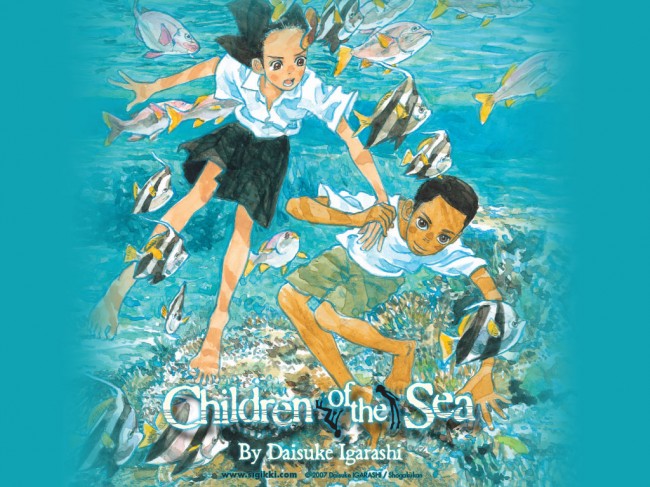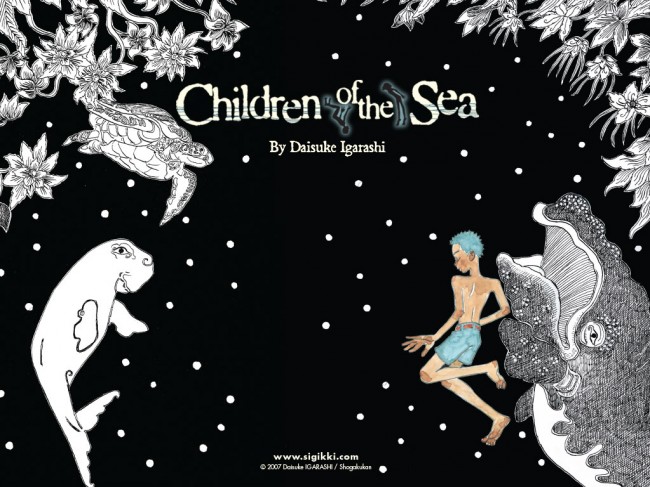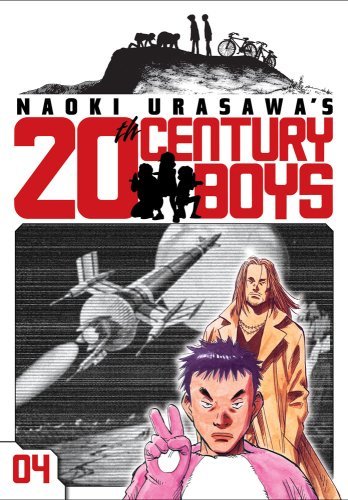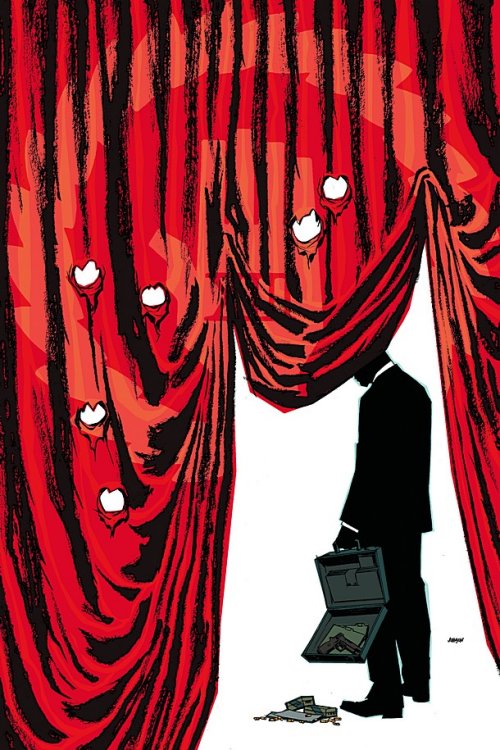
5 Series: Children of the Sea
July 23rd, 2010 Posted by david brothers
I talked about the story and relationships of Daisuke Igarashi’s Children of the Sea on Comics Alliance a few weeks back, and I don’t want to go over that again. But, let me tell you what I really like about Children of the Sea, above and beyond the glacial pacing and intricate web of relationships.
I really like the way Igarashi draws fish.
It sounds stupid, but really, you have to take pleasure where you can find it. Everyone in comics has a specialty. Jim Lee has the classic superhero locked down. Eduardo Risso draws beautiful girls. Mike Mignola does creepy better than most. Marcos Martin has ill layouts. Every artist you like probably does at least one thing very well. Igarashi draws oceanlife.
Part of building a believable world is actually creating a believable world. You build comic books from the ground up. If you’re doing the comic book version of Fievel Goes West, you better be able to draw mice. Animal Farm? Learn how to draw pigs. Once you get that down, you can go in and add flourish, whether it’s fantastic background work or high fashion. The focus of your work has to be solid to begin with, or else your work won’t be believable.
Creating a setting you can believe in requires putting in work and getting the basics right. Igarashi is telling a story about the evolution, or destruction, of the ocean. A large portion of it takes place underwater, so if he’s drawing fish that look like a third grader did them in the middle of a sneeze… you’re not going to buy the story. So, by rendering the fish with an appropriate level of detail, you make it easier for someone to get into the story.
This isn’t particularly deep or a revelation at all, is it? It is something that I never really realized until I really put some thought into why I was such a fan of Children of the Sea. It’s not deep or particularly twisty in story. You don’t need a flowchart to figure out what’s going on. It’s not even the kind of action-packed raw violence I like these days. But the craft on display, the way that Igarashi’s attention to detail and clear love of his subject, is what keeps me in.
I’m not saying I don’t like the story. Not even close, honestly. It’s actually a pretty good read and does a fine job of keeping me interested on its own. But the fact that the art is killer does a fantastic job of drawing me into the work. Igarashi has the basics down pat, and it’s obvious. His people aren’t as detailed as the fish, and they generally appear a little more wispy and ethereal than is the norm.
I’m away from my scanner and on my netbook, so I can’t flood this post with images like I wanted to. The official SIGIKKI site has plenty of samples, so click through, or just trust me.



